Huge Fake ID Market - New York
Huge Fake ID Market - New York
In recent years, the fake ID market in New York has seen significant growth, driven by a variety of social, technological and regulatory factors. This booming industry not only reflects the desires and motivations of young people, but also poses a challenge to law enforcement and society at large. Let's take a deeper look at the reasons why this market is booming.
### 1. **High Demand from Young People**
**Convenience of Nightlife and Events**
New York City is famous for its nightlife, attracting millions of tourists and residents eager to experience its vibrant atmosphere. For many young people, entering bars, clubs and concerts is a rite of passage. The legal drinking age in the United States is 21, so a large number of high school and college students are eager to obtain fake IDs to enjoy the nightlife. As a result, the demand for fake IDs has skyrocketed.
**Social Pressure and FOMO**
Peer pressure plays a key role in the proliferation of fake IDs. Young people often feel the need to fit in with older friends or peers because they can legally participate in these activities. The fear of missing out on social events, parties and gatherings (FOMO) can prompt many people to seek out fake IDs, further fueling the market.
### 2. **Technological Advances**
**Improved Production Techniques**
The quality of fake IDs has improved significantly due to advances in technology. High-resolution printers and specialized materials allow counterfeiters to create IDs that closely resemble real IDs. Features such as holograms, barcodes, and even magnetic stripes can now be replicated, making detection more challenging for businesses and law enforcement.
**Online Marketplaces**
The digital age has changed the way fake IDs are bought and sold. Various online marketplaces facilitate these transactions, providing anonymity that physical transactions cannot offer. Cryptocurrencies and encrypted communication methods add multiple layers of security for buyers and sellers, further complicating enforcement efforts.
### 3. **Regulatory Environment**
**Strict Identity Verification Practices**
New York’s strict regulations on alcohol sales and age verification create a paradox. While these laws are intended to discourage underage drinking, they often prompt young people to seek fake IDs as a means to circumvent strict checks. As bars and clubs strengthen their identity verification processes, the risk of using a fake ID seems worthwhile to many.
**Inconsistent Enforcement**
The effectiveness of enforcement varies widely. While some areas may conduct strict checks, others may be more lax. This inconsistency can create a sense of security for those considering using a fake ID, as the likelihood of getting caught appears lower in certain settings.
### 4. **Cultural Influence**
**Normalization of Fake ID Use**
Movies, television shows, and social media often depict the use of fake IDs as a common and even humorous practice. Such depictions may normalize the act of obtaining a fake ID, leading young people to view it as a rite of passage rather than a serious legal issue.
**Celebrations and Milestones**
Events such as high school graduations or college celebrations may fuel the desire for fake IDs. Young people may want to celebrate these milestones in adult settings, further increasing the market demand for fake IDs.
### 5. **Legal Consequences and Awareness**
**Risk Assessment**
Many young people weigh the potential legal risks against the benefits of using a fake ID. While people are aware of the legal consequences, the lure of the social experience often overshadows these concerns. As a result, people may take the risk, believing they can handle any potential consequences.
**Educational Campaigns**
In response to the growing problem, various organizations and law enforcement agencies have launched educational campaigns designed to educate young people about the dangers associated with fake IDs. These activities focus on legal consequences, potential fines, and long-term effects on personal records in hopes of deterring minors from engaging in such behavior.
### 6. **Business and Law Enforcement Response**
**Enhanced Detection Technology**
Given the booming fake ID market, many establishments are investing in technology to detect fake IDs. This includes advanced scanning equipment and employee training to identify common features of fake IDs. Businesses recognize that allowing underage patronage can result in serious legal consequences and are taking proactive steps to protect themselves.
**Working with Authorities**
Many establishments are working with law enforcement to enhance security measures and conduct regular inspections. This partnership aims to create a safer environment for patrons while proactively discouraging the use of fake IDs.
### 7. **Social Impact**
**Impact on Public Safety**
The widespread use of fake IDs has an impact on public safety. Underage drinking can lead to a variety of problems, including alcohol-related accidents and health issues. The prevalence of fake IDs contributes to a culture that normalizes underage drinking, posing a risk not only to individuals but to society as a whole.
**Long-term Consequences**
For many young people, the consequences of using a fake ID can go far beyond the immediate thrill. Legal issues can impact future employment opportunities, educational prospects, and personal relationships. Understanding these long-term impacts is critical to stopping this practice.
### Conclusion
New York’s booming fake ID market reflects a complex interplay of social, technological, and regulatory factors. As young people continue to seek ways to gain access to age-restricted spaces and experiences, demand for fake IDs remains strong. Addressing this issue requires a multifaceted approach that combines education, enforcement, and community engagement to create a safer environment for all. By understanding the motivations behind this trend, stakeholders can work together to mitigate its impact and promote responsible behavior among young people.
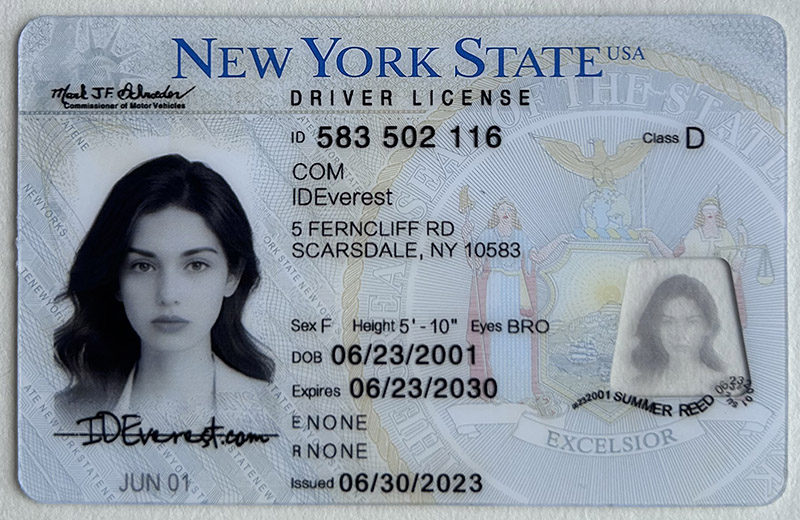
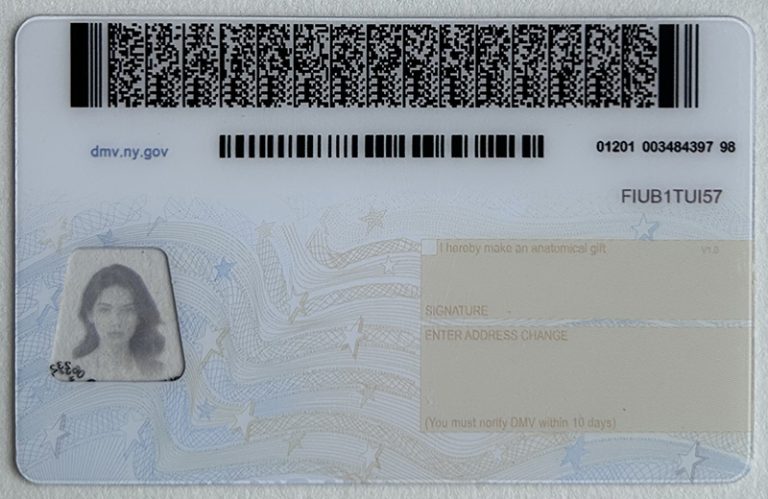
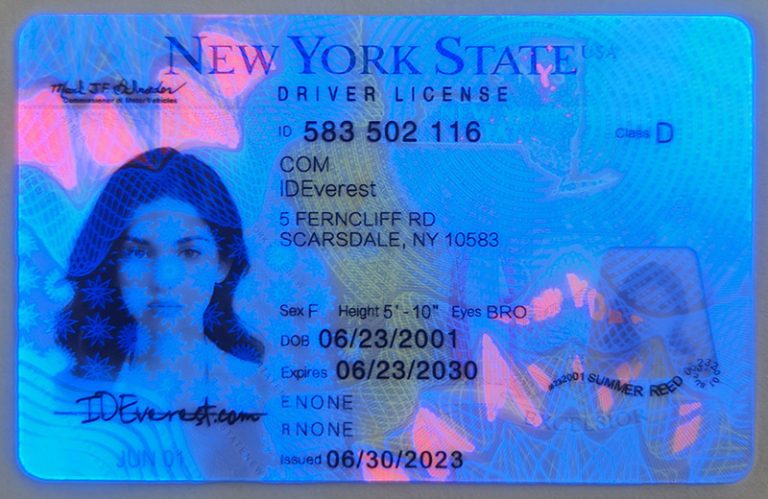
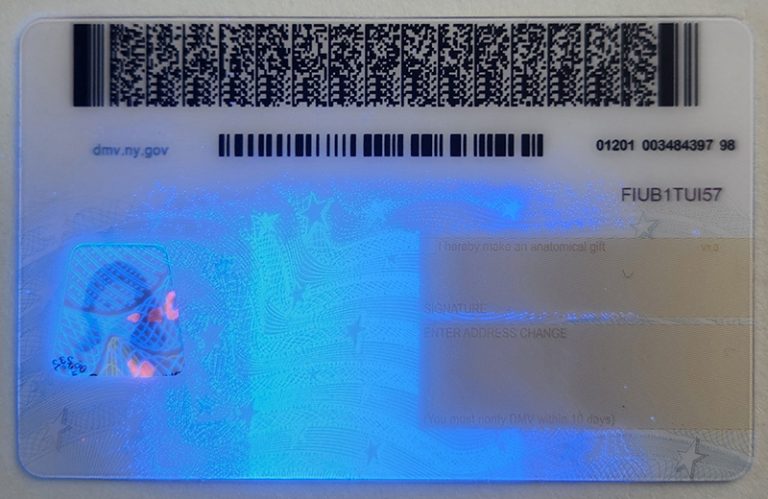
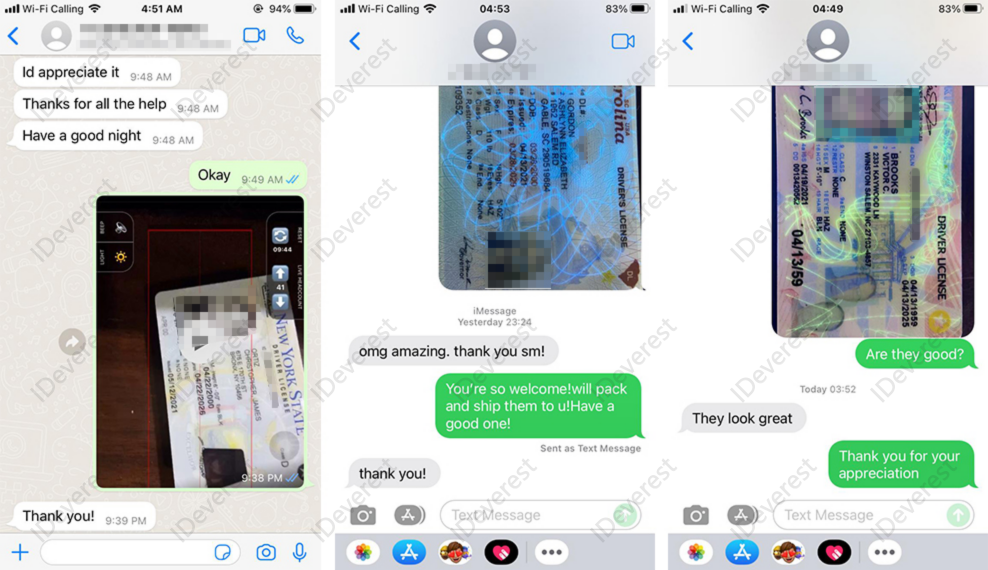
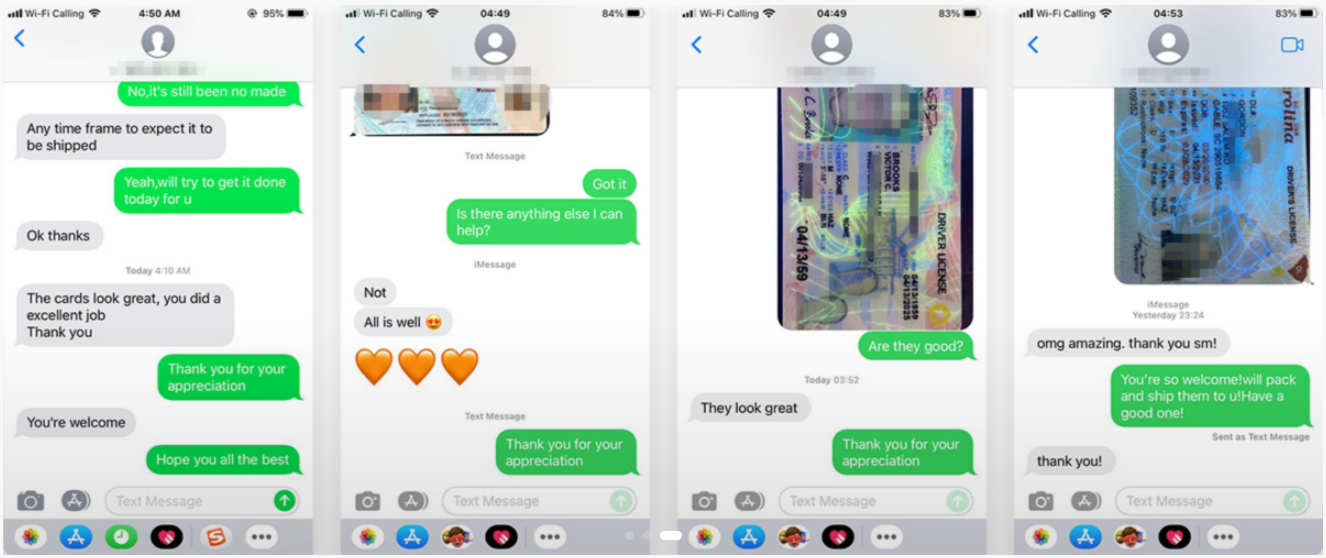
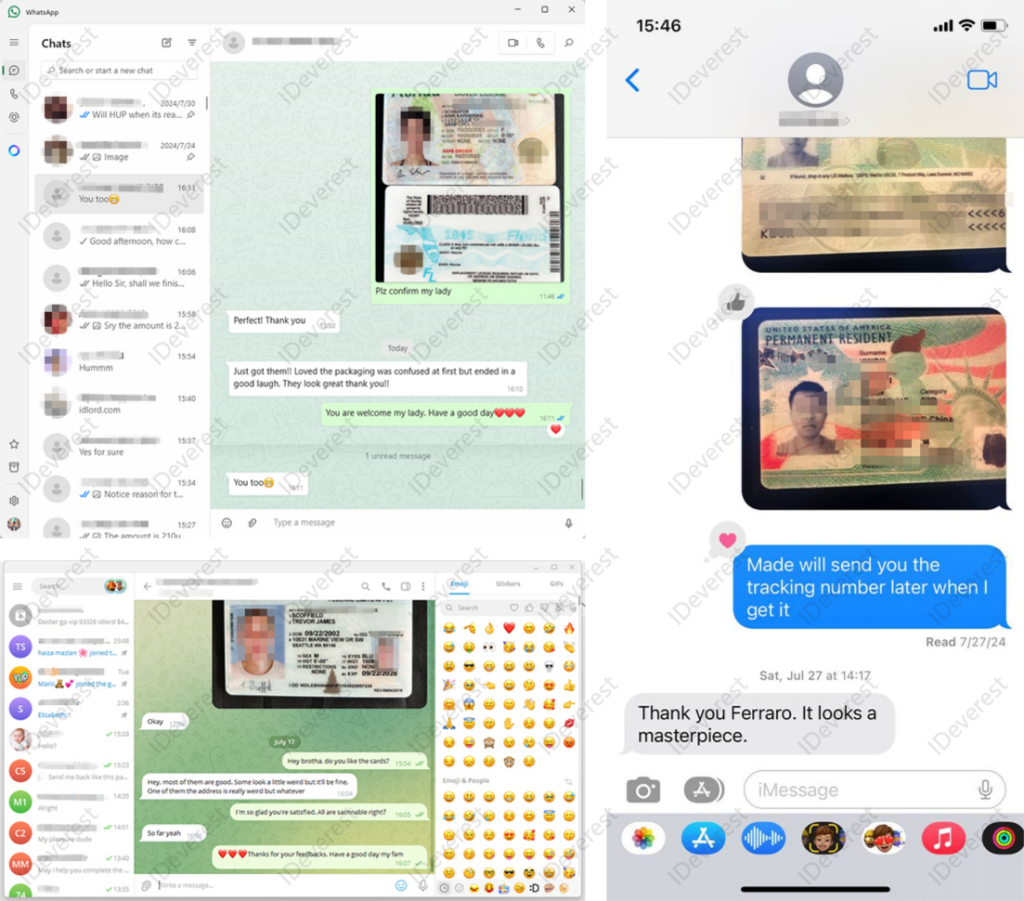
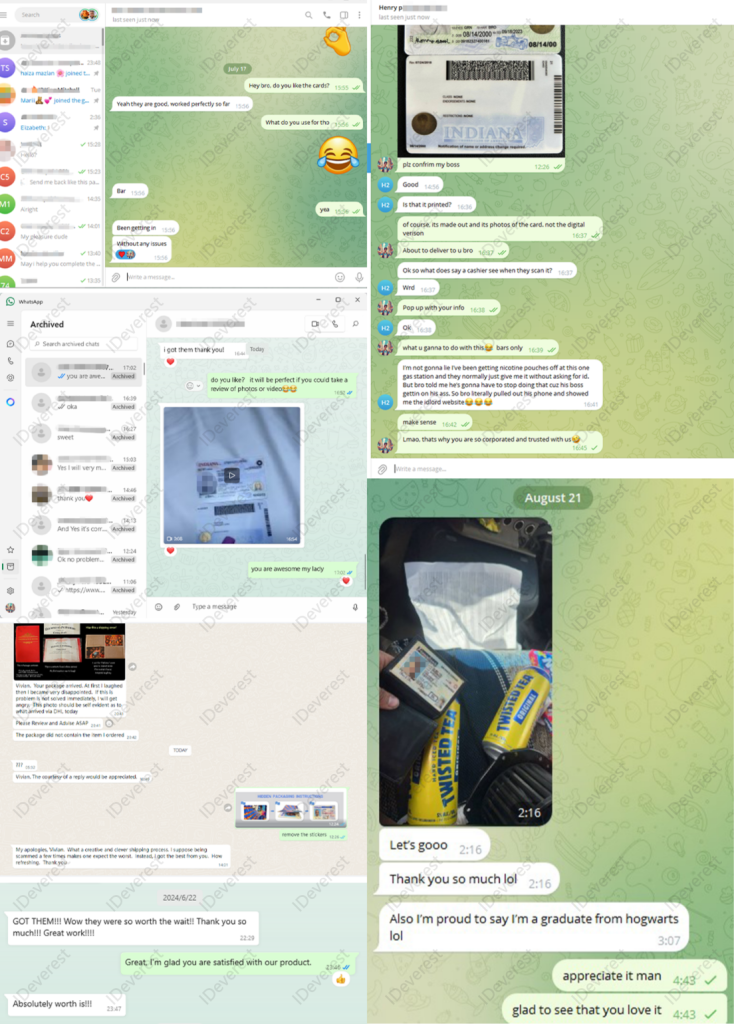
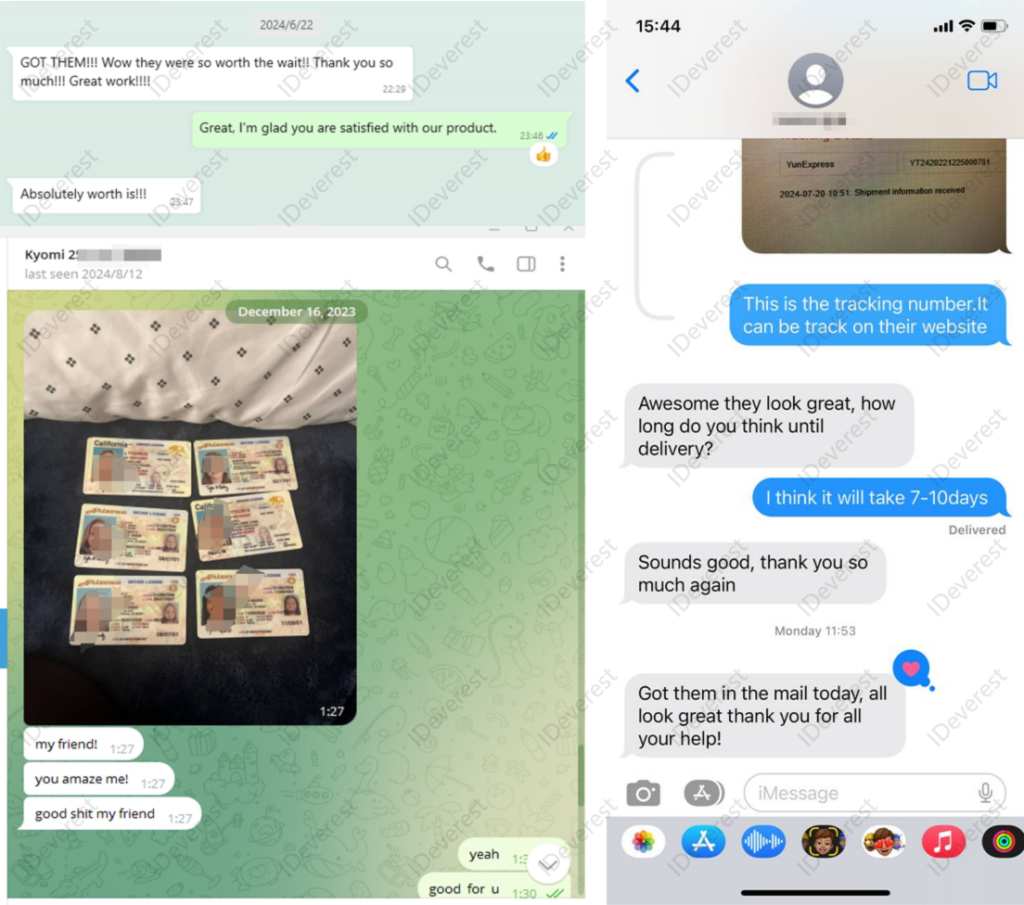
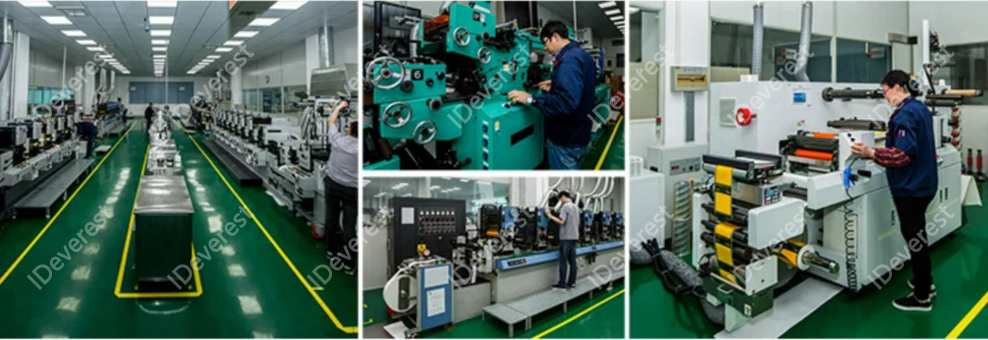
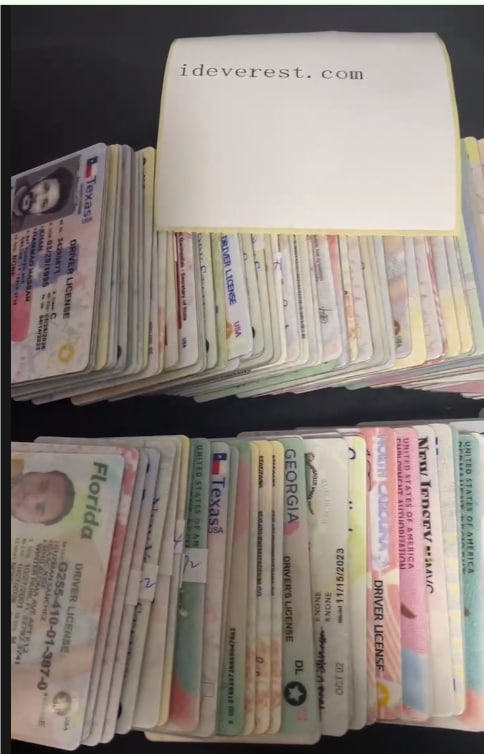

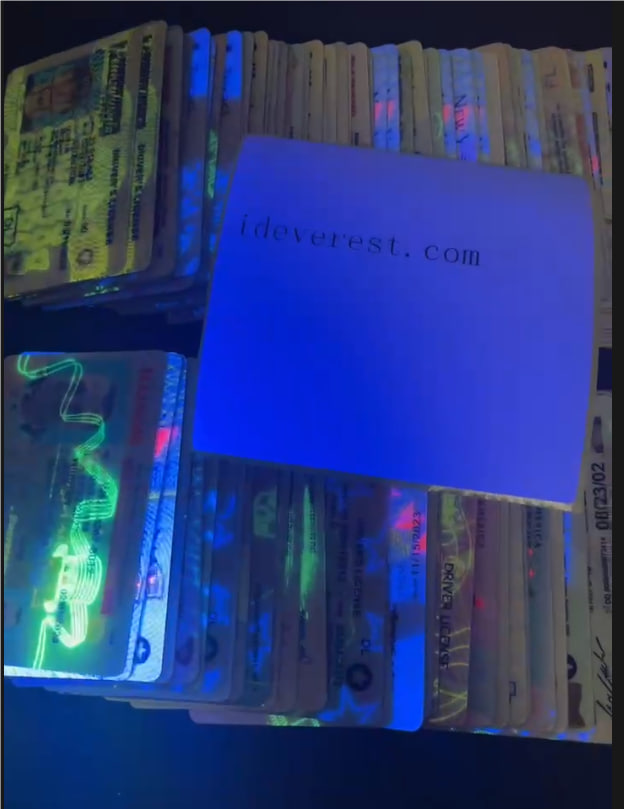
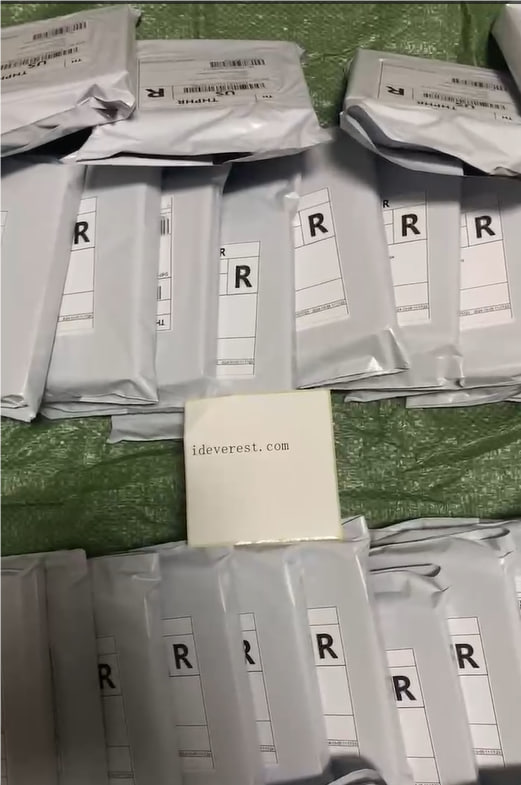
Big Treat Back for New Product Development Participation: Your feedback matters! We offer incentives to customers who participate in our new product development, shaping the future of our offerings together.

 The Rise of Fake IDs: Explorin
The Rise of Fake IDs: Explorin
 Survey Report: Users Have Posi
Survey Report: Users Have Posi
 Study Abroad Guide: Why Intern
Study Abroad Guide: Why Intern
 Huge Fake ID Market - New York
Huge Fake ID Market - New York